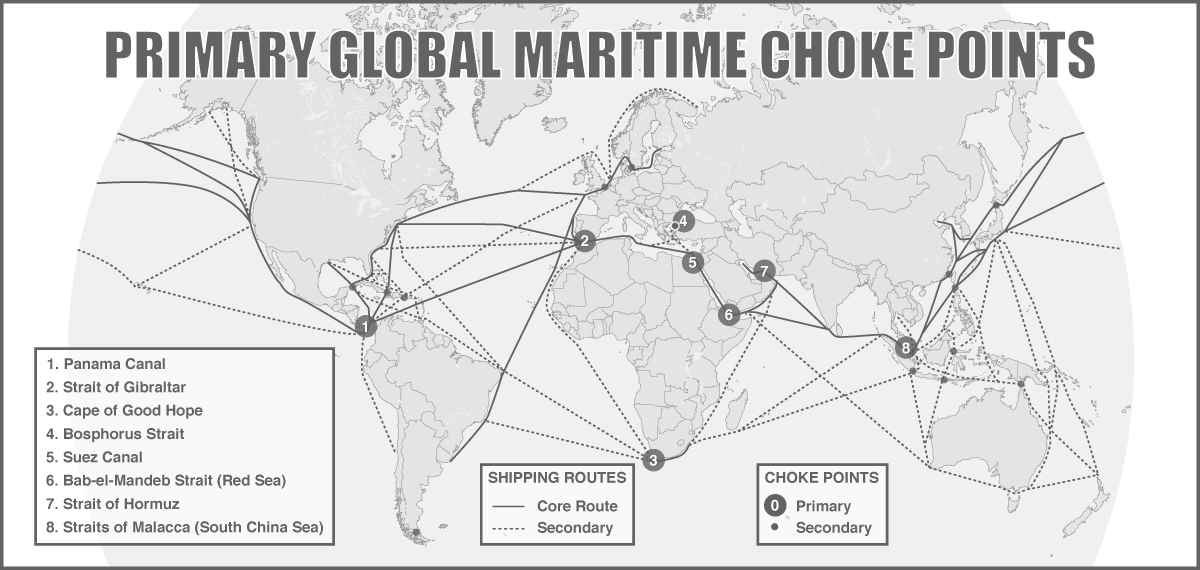Introduction
In the vast landscape of decision-making, there are various mental models that can help us make more informed and rational choices. One such model is the Choke Point, a concept deeply rooted in human psychology and prevalent in our day-to-day lives. In this blog post, we will explore the Choke Point mental model, its relevance in decision-making processes, and how it can impact our choices. We will delve into real-life examples across personal, business, and public policy contexts to highlight the consequences of falling into this cognitive trap. Additionally, we will uncover the psychological biases that contribute to the Choke Point and provide practical strategies for avoiding this error in judgement.
Defining the Choke Point Mental Model
The Choke Point mental model refers to a situation in which a single factor or bottleneck holds significant influence or control over a decision or outcome. It is characterized by the restriction of options or the concentration of power at a specific point, leading to a disproportional impact on the overall process. The term “choke point” originates from its military application, where a narrow passage or strategic location can significantly affect the outcome of a battle. However, this concept extends beyond warfare and manifests in various aspects of our lives.
Anchored in Human Psychology
The prevalence of the Choke Point mental model can be attributed to several cognitive biases inherent in human psychology. One such bias is the focalism bias, which leads individuals to place excessive importance on a single aspect of a decision while neglecting other relevant factors. This bias causes individuals to become fixated on the choke point, often disregarding alternative perspectives or potential solutions.
Another contributing factor is the sunk cost fallacy, in which individuals continue investing time, resources, or effort into a failing course of action simply because they have already committed to it. This can create a choke point by limiting flexibility and preventing consideration of alternative paths or options.
Examples of the Choke Point Mental Model
Personal Life Decision: Sarah, a recent college graduate, faces a Choke Point when choosing between pursuing her dream career in a highly competitive field or accepting a secure job with better financial stability. Focusing solely on financial security, Sarah becomes fixated on the salary potential, neglecting her passion and potential long-term fulfillment. The limited perspective created by this choke point prevents her from exploring alternative ways to achieve financial stability while pursuing her passion.
Business Scenario: A small business heavily relies on a single supplier for a critical component of their product. The supplier holds a monopoly in the market, creating a choke point in the business’s supply chain. Any disruption in the supplier’s operations can severely impact the business’s ability to meet customer demands, resulting in lost sales and damaged reputation. Failing to diversify their supplier network, the business becomes vulnerable to the choke point, risking their sustainability and growth.
Public Policy-Making: In the context of infrastructure development, a city’s transportation system becomes a choke point when a single bridge connects two heavily populated areas. Any disruption or closure of the bridge causes significant traffic congestion, delays, and economic losses. Despite the growing demand for improved infrastructure, the focus on the choke point restricts the exploration of alternative transportation solutions, hindering the city’s progress and negatively impacting its residents.
Biases and Underpinnings of the Choke Point Mental Model
The Choke Point mental model is reinforced by several cognitive biases, including anchoring bias, confirmation bias, and status quo bias. Anchoring bias causes individuals to rely heavily on the initial information or reference point presented, leading to a limited exploration of alternatives. Confirmation bias encourages individuals to seek information that supports their existing beliefs or preferences, further reinforcing the choke point. The status quo bias perpetuates the choke point by favoring the preservation of the current state, even if better options exist.
Avoiding the Choke Point: Strategies for Objective Decision-Making
To avoid succumbing to the Choke Point mental model, it is crucial to cultivate awareness and employ strategies for more objective decision-making:
Broaden your perspective: Actively seek out diverse perspectives and consider multiple factors beyond the choke point. Encourage input from different stakeholders and engage in open-minded discussions.
Analyze trade-offs: Evaluate the costs, benefits, and potential consequences associated with different options. Avoid fixating on a single criterion and consider the overall impact of your decision.
Embrace flexibility: Stay open to alternative paths and be willing to adapt your approach. Avoid getting trapped in a singular course of action due to sunk costs or prior commitments.
Challenge biases: Actively question your assumptions and challenge biases such as focalism, confirmation bias, and status quo bias. Seek out conflicting information and engage in critical thinking to avoid becoming too reliant on a single perspective.
Conclusion
The Choke Point mental model highlights the dangers of fixating on a single factor or bottleneck in decision-making processes. By understanding the psychological biases that contribute to this model, we can mitigate its impact and make more informed choices. By broadening our perspectives, analyzing trade-offs, embracing flexibility, and challenging biases, we can navigate around choke points and avoid the potential pitfalls they present. Ultimately, awareness and active avoidance of the Choke Point mental trap empower us to make better decisions that align with our goals and maximize positive outcomes.
